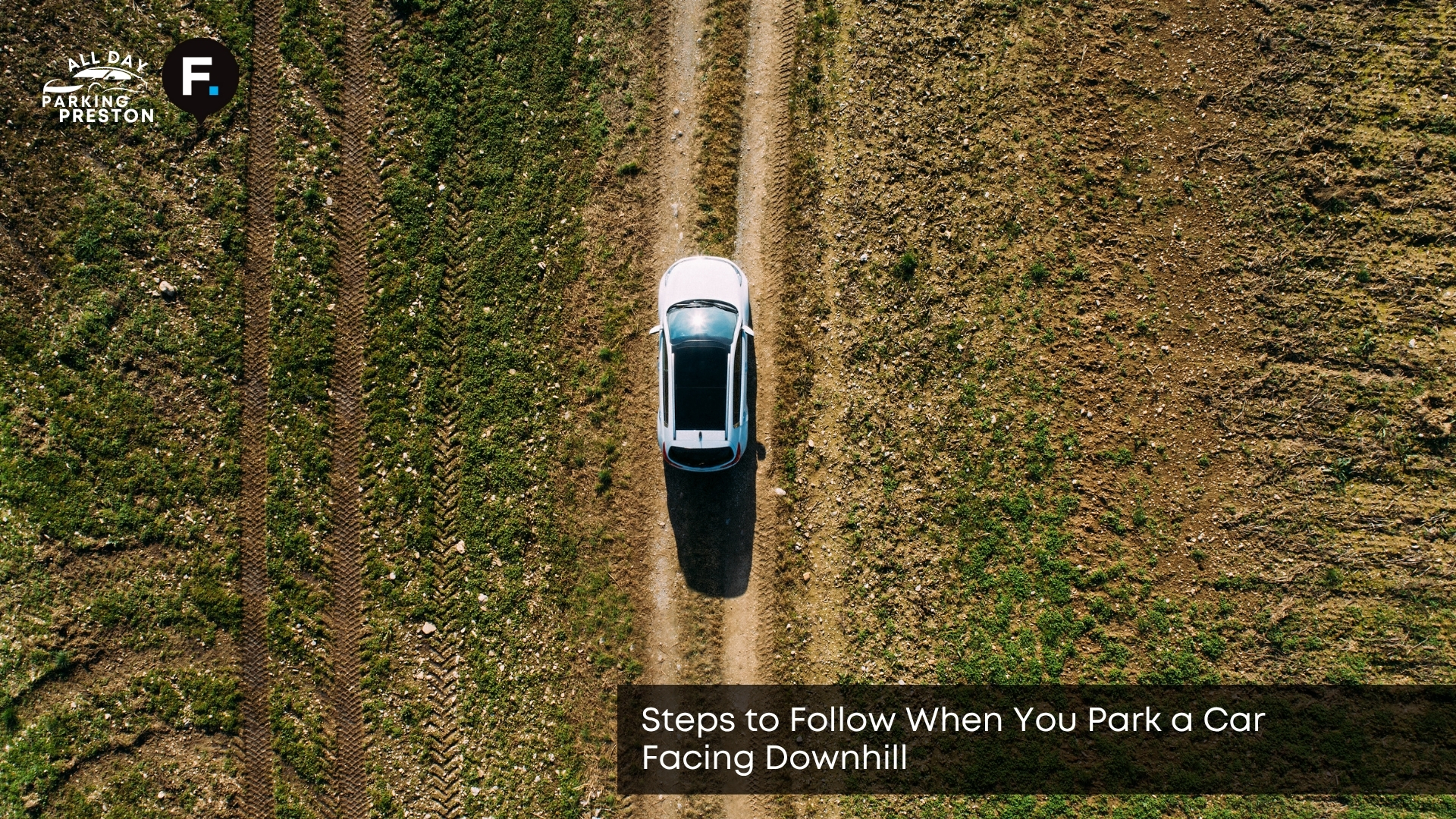Parking on a hill can be hazardous if you’re unfamiliar with the area. Whether you’re in a quiet village or a busy city, understanding the right steps for parking downhill can prevent accidents, fines, or even damage to your vehicle. This guide will help you park with confidence every time your tyres meet a slope.
Why Is It Important to Park Safely on a Hill?
It’s important to park safely on a hill because gravity can pull your car downhill if it’s not secured. A rolling vehicle can hit other cars, endanger pedestrians, or even cause injury. Simple actions, such as using the handbrake or turning your wheels correctly, can prevent this from happening. Parking safely also demonstrates responsibility and helps protect your insurance in the event of an accident or damage. Before you walk away, there are a few key things to check first.
What Should You Do First Before Turning Off the Engine?
Before turning off the engine, ensure your foot is firmly on the brake and the car is completely stationary. Then, keep your foot pressed while you shift into the right gear or place the car in park if it’s an automatic transmission. This keeps the car steady while you prepare to secure it. Only then should you turn off the engine. What you do next depends on the direction your car is facing.
Which Direction Should You Turn Your Wheels When Facing Downhill?
When parking downhill, turn your front wheels towards the kerb or pavement. This way, if your car rolls, the front tyre will hit the kerb and stop it moving forward. If there’s no kerb, your wheels should still face the side of the road. This simple trick can keep your car from rolling into traffic. But it only works well if you also remember to use your handbrake.
Should You Always Use the Handbrake When Parking on a Hill?
Yes, you should always use the handbrake when parking on a hill, regardless of the direction your car is facing. The handbrake locks the rear wheels, which keeps the vehicle from moving. Even if you think the slope isn’t steep, it’s not worth the risk of leaving the brake off. Using it regularly also keeps the mechanism in good condition. Still, your brake isn’t the only tool you should rely on.
Is It Better to Leave the Car in Gear or Neutral?
It’s better to leave the car in gear if it’s a manual transmission, or in ‘park’ if it’s an automatic, when parking on a hill. Leaving it in first gear adds extra resistance against rolling. If you leave it in neutral, the car can move more easily if the handbrake fails. Always double-check your gear before leaving the vehicle. There’s one more trick that can give you even more security when parking on a slope.
How Can You Use a Curb to Your Advantage?
You can use a curb to your advantage by turning your wheels into it and letting your tyre rest gently against the edge. This stops the car from gathering momentum if it starts to roll. The curb acts as a physical block that reduces the risk of runaway cars. It works best when combined with your handbrake and correct gear setting. But if you’re in a place with no kerb, the approach is slightly different.
What If There’s No Curb to Rest Your Tyres Against?
If there’s no curb, you should still turn your wheels towards the edge of the road so the car rolls away from traffic if it starts to move. On a rural lane or sloped driveway, your wheel direction could decide whether the car ends up safely in a hedge or crashing into a wall. You can also place a rock or wheel chock behind the tyre for added security. Final checks can make sure everything is in place before you leave, just like following smart public car park safety advice to avoid surprises.
What Final Checks Should You Do Before Leaving the Car?
Before leaving the car, double-check that the handbrake is pulled tight, the gear is engaged, and the wheels are turned correctly. Make sure all windows are closed and doors are locked. Take a moment to look at your surroundings for anything unusual, like loose gravel or slippery leaves under the tyres. A quick last glance can give peace of mind before walking away, especially if you’re parked in a location known for secure 24 hour car parking in Preston. And it all adds up to safer streets for everyone.
How These Simple Steps Keep Your Car and Others Safe
These simple steps work together to stop accidents and keep your car where you left it. Hill parking becomes second nature once you understand the basics and follow them every time. You’re protecting your car, other people, and your wallet from unnecessary problems and being careful when parking downhill is one of those small actions that make a big difference in the long run, especially when using trusted all day parking options in Preston that are built with safety and convenience in mind.


Leave a Reply